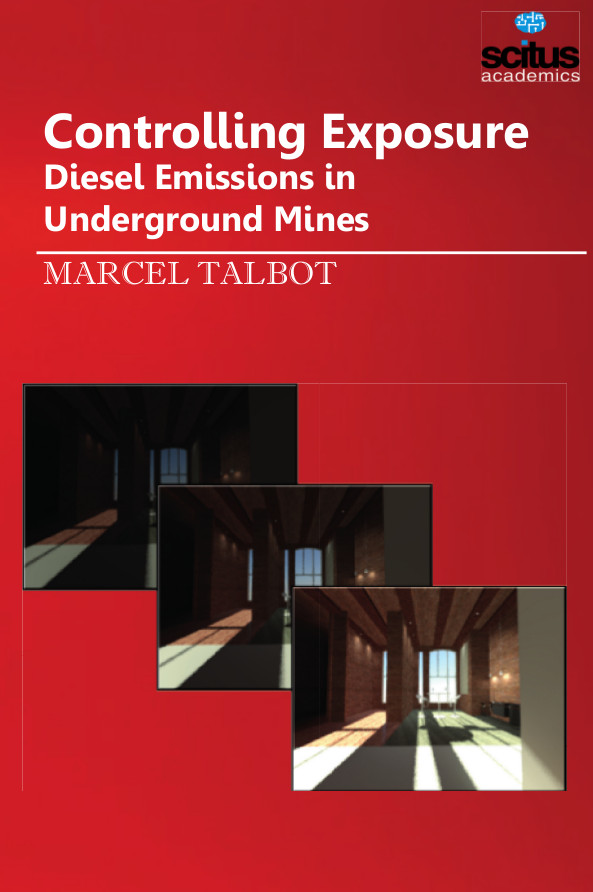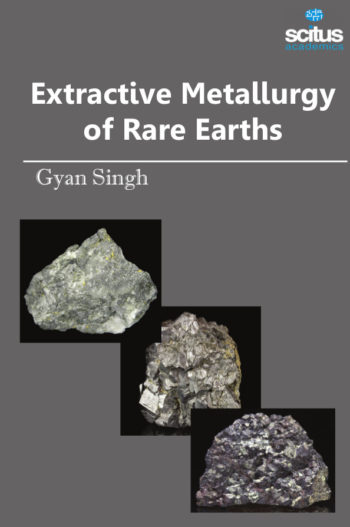The exposure of mine workers to diesel particulate matter (DPM) and gases is an issue of great concern to the underground mining community. As industry works to achieve compliance with these standards, mine operators are looking for feasible methods for reducing DPM concentrations in their mines. In addition, the industry needs methods to accurately measure DPM to ensure that the control strategies they adopt are working successfully. The use of dieselpowered equipment by the underground mining community has continuously increased over the last several decades. A similar trend is seen in underground metal/nonmetal mines. This extensive utilization of diesel-powered equipment generates the potential for exposure of underground miners to particulate matter and gaseous emissions from this equipment and creates an important challenge for the mining industry worldwide to control these emissions. In recent years, studies have shown that long-term exposure to combustionrelated fine particulate pollution, including diesel particulate matter (DPM), is an important risk factor for cardiopulmonary and lung cancer mortality. Therefore, health issues associated with exposure to DPM are receiving substantial attention from the public, government agencies, and academia. The book Controlling Exposure – Diesel Emissions in Underground Mines present an overview of the integrated approach and review the strategies being used by mines to reduce the concentrations of DPM emitted from the tailpipe, as well as present results from research evaluating these strategies.













